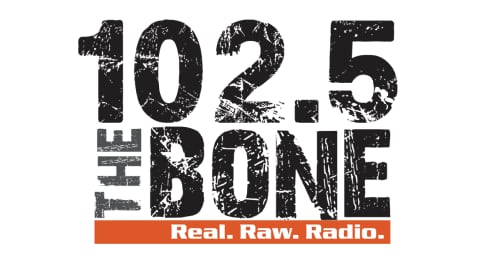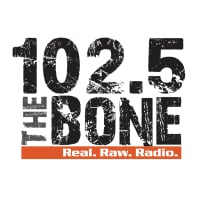In the lead-up to every presidential election, political pundits spend months analyzing the tiniest nuances of the voting population to see whether demographics might provide a clue about the outcome.
It’s only been five months since America last picked a new president, so there’s not a lot of value in that exercise right now. But there is another critical voting bloc that will make an important decision in the coming weeks: The conclave of cardinals that will select the next pope.
The death of Pope Francis set in motion the ancient and secretive process that has been used to name the leader of the Catholic Church for centuries. A small group of cardinals, 135 in this case, will convene in isolation at the Vatican to cast their ballots until one person has received a two-thirds majority. The process typically takes several rounds of voting and lasts for a few days. Once a pope has been chosen, the news is broken to the rest of the world by plumes of white smoke pumping out of a chimney on the roof of the Sistine Chapel.
For most of the church's history, the full College of Cardinals participated in the conclave. But Pope John Paul II changed the rules in 1970, citing the "increasing burden of age," so now only cardinals under 80 are included. That means that 117 of the current cardinals are too old to take part.
Even with the age cutoff, this year's conclave is still heavily skewed toward senior citizens. The average age of the 135-member electorate is 70. There are just 15 members who are under 60 and only one — 45-year-old Ukrainian Cardinal Mykola Bychok — who is younger than 50. Under the rules, a cardinal who has their 80th birthday during the conclave is allowed to continue participating. That means the conclave's oldest member, Cardinal Carlos Osoro Sierra, who turns 80 in three weeks, should be able to take part if the conclave starts on the expected timeline.
Conclave members come from all over the world. Historically, the ranks of the papal electorate have been dominated by Europeans, particularly Italians. Over the decades, though, the group has become more diverse and Europe’s command over the conclave has shrunk. Currently, 39% of the electors are from European countries. That’s still the largest share, but significantly smaller than it was during the last two conclaves, when Europeans made up half of the electorate. The second-largest group is from Asia, which represents 17% of the voters.
During his 12-year tenure, Pope Francis steered the church in a more inclusive direction on a number of issues. His picks for the College of Cardinals are no exception. This year's conclave will have members from more than 70 countries. Francis was elected in 2013 by a group that represented 48 nations. Despite being the first pope from Latin America, Francis only increased the region's share of the electorate by a small amount. The biggest leaps in representation under his rule came from Asia and Arab nations in the Middle East and North Africa.
The intense secrecy of the conclave process means there's only so much forecasting that can be done about who they might choose. Francis was the first pope born outside of Europe in more than 1,200 years, so the conclave selecting another leader from the continent would hardly be a shock. It is possible that, thanks to the diverse set of electors he helped create, the church might choose another non-European to succeed him. There is no official tally of candidates, but most lists of contenders name several cardinals from outside of Europe, including one American.


